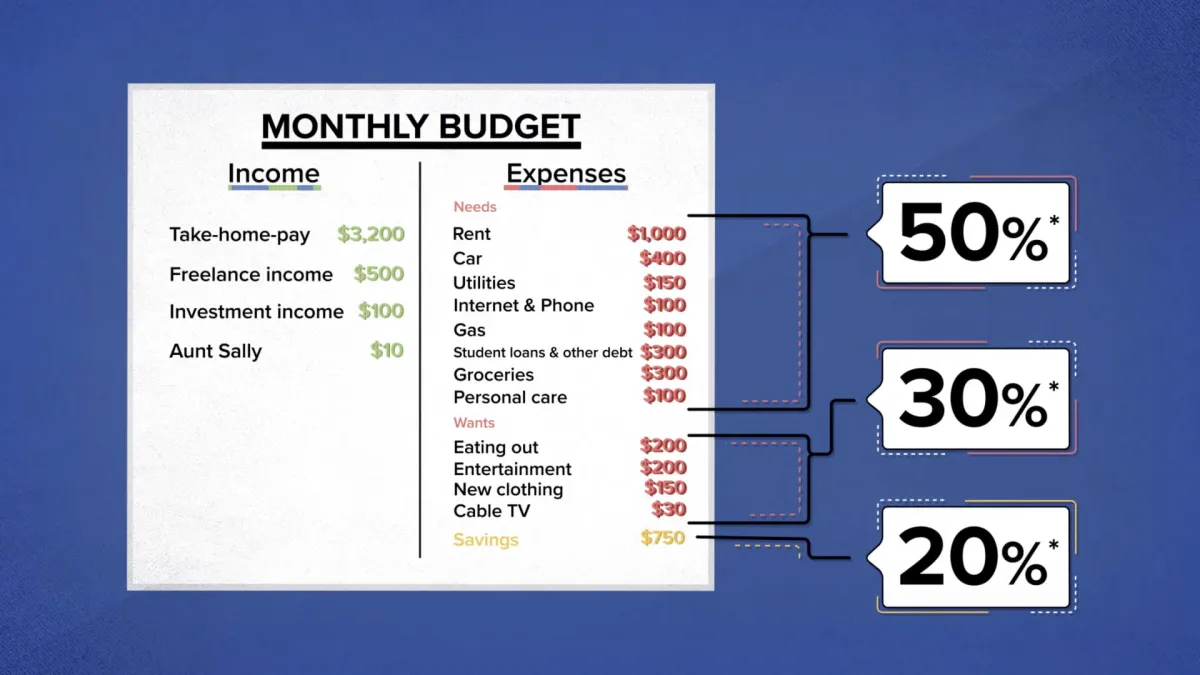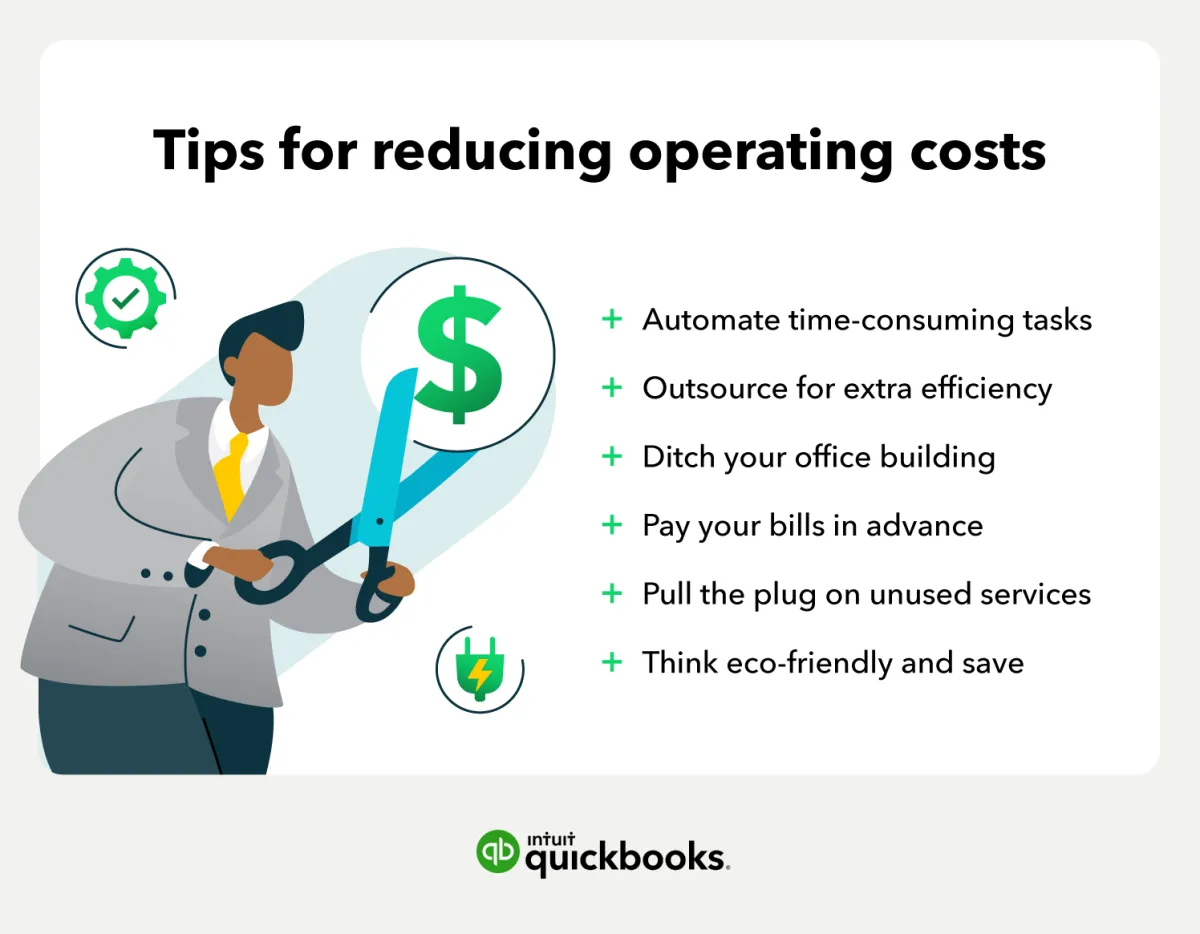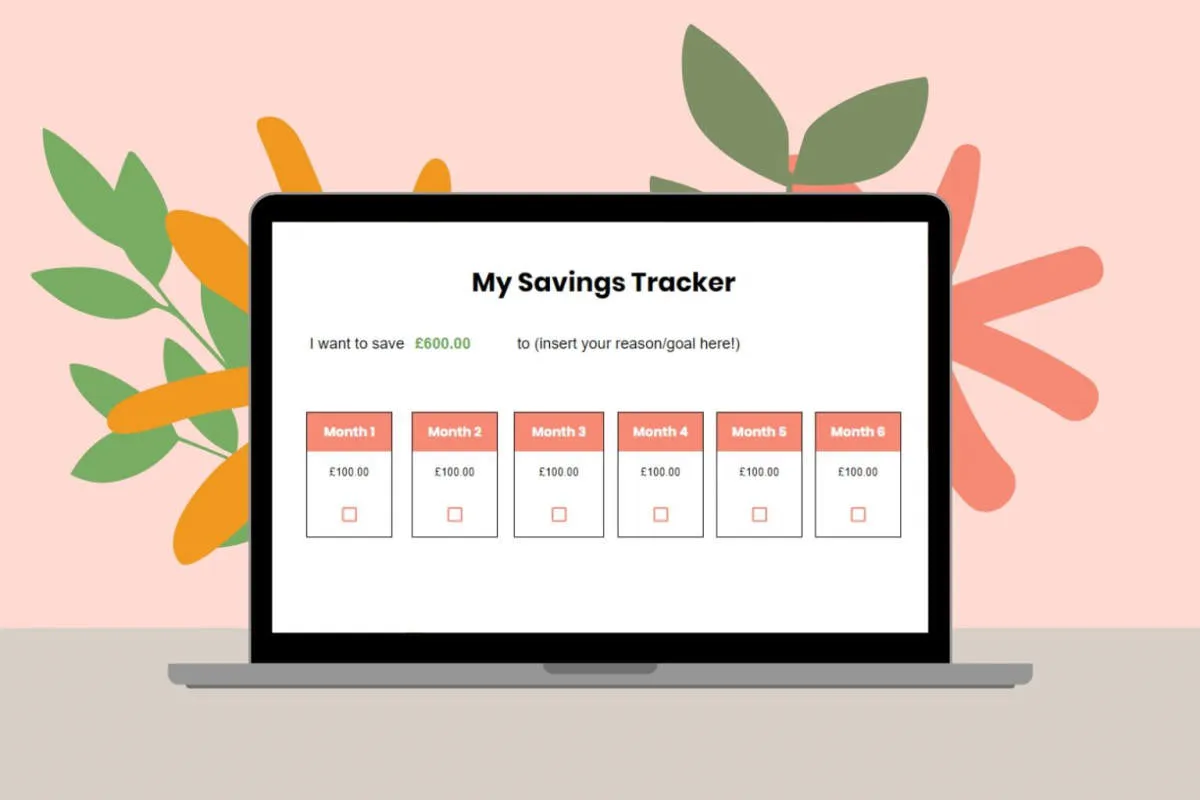Learn practical tips and tricks on how to save money on everyday expenses in our comprehensive guide. From budget-friendly shopping strategies to clever money-saving hacks, discover effective ways to cut costs and maximize your savings.
Assessing Your Spending Habits
The first step to saving money is understanding where it’s going. Assessing your spending habits can be eye-opening and reveal areas where you can cut back without drastically changing your lifestyle. Here’s how to get started:
1. Track Your Expenses
You can’t manage what you don’t measure. There are several ways to track your spending:
- Use a budgeting app: Many apps connect directly to your bank accounts and categorize transactions, making it easy to see where your money is going.
- Keep a spending journal: Note down every expense for a week or a month. Be sure to include even small purchases.
- Review bank statements: Go through your bank and credit card statements for the past few months to identify recurring expenses.
2. Categorize Your Spending
Once you have a record of your spending, divide it into categories like:
- Housing
- Transportation
- Food (groceries and dining out)
- Entertainment
- Utilities
- Debt payments
- Subscriptions
- Personal care
This will help you visualize where the bulk of your money is going.
3. Identify Areas for Improvement
With your spending categorized, look for areas where you can potentially cut back. Ask yourself:
- Are there any recurring subscriptions you don’t use or could do without?
- Are you spending excessively on dining out?
- Can you find cheaper alternatives for transportation or entertainment?
- Are there opportunities to reduce utility bills by being more mindful of your consumption?
4. Differentiate Needs vs. Wants
As you analyze your spending, distinguish between your needs and wants. Needs are essential expenses like housing, groceries, and utilities. Wants are things you desire but could potentially live without, like entertainment, dining out, or luxury items. By prioritizing needs over wants, you can identify areas where you can reduce spending.
Creating a Savings Plan

Saving money isn’t just about cutting back; it’s about creating a sustainable system that helps you reach your financial goals. A well-structured savings plan acts as a roadmap, guiding you towards financial security and making it easier to manage your everyday expenses. Here’s how to create one:
1. Define Your Financial Goals
What are you saving for? A down payment on a house, a dream vacation, early retirement, or simply a financial safety net? Clearly defined goals provide motivation and help you determine how much and how long you need to save.
2. Set a Realistic Budget
You can’t save what you don’t track. Creating a detailed budget that outlines your income and expenses is crucial. Analyze your spending habits to identify areas where you can cut back and redirect funds towards savings.
3. Determine Your Savings Capacity
Once you have a clear picture of your income and expenses, calculate how much you can realistically afford to save each month. Start with a manageable amount and gradually increase it as your comfort level grows.
4. Explore Savings Methods
Consider various saving options to find what aligns with your goals and risk tolerance. Some popular choices include:
- High-yield savings accounts: These accounts offer a higher interest rate than traditional savings accounts, helping your money grow faster.
- Money market accounts: Offering a balance of liquidity and growth potential, these accounts typically have tiered interest rates based on your balance.
- Certificates of Deposit (CDs): CDs offer a fixed interest rate over a set period, providing predictable returns but limiting access to your funds.
5. Automate Your Savings
Make saving effortless by setting up automatic transfers from your checking to your savings account each month. This “pay yourself first” approach ensures consistent contributions and prevents impulsive spending.
Tips for Reducing Grocery Bills
Groceries are a significant part of everyone’s budget, but there are many ways to save money without sacrificing healthy eating. Here are some practical tips to reduce your grocery bills:
1. Plan Your Meals
Creating a weekly meal plan is crucial for saving money on groceries. It helps you buy only what you need and minimizes food waste. Consider using a meal planning app or a simple spreadsheet to organize your meals for the week.
2. Shop With a List
Always go to the grocery store with a detailed shopping list based on your meal plan. This prevents impulse purchases and ensures you stick to your budget.
3. Compare Prices
Don’t just grab the first item you see. Take a moment to compare prices between different brands and sizes. Often, buying in bulk can save you money in the long run, but only if you’ll actually use the entire product before it expires.
4. Look for Discounts and Sales
Pay attention to weekly flyers and online deals for discounts on your favorite products. Consider using coupon apps or joining loyalty programs to maximize your savings.
5. Buy In-Season Produce
Fruits and vegetables are generally cheaper and tastier when they are in season. Check what’s in season locally and plan your meals around those ingredients.
6. Consider Generic Brands
Don’t be afraid to try generic or store-brand products. In many cases, they are comparable in quality to name brands but come at a lower price.
7. Reduce Food Waste
Food waste is a significant contributor to grocery bills. Get creative with leftovers, freeze extra portions, and use wilting produce in smoothies or soups.
8. Explore Alternative Grocery Stores
Consider shopping at discount grocery stores, ethnic markets, or farmers’ markets, where you can often find fresh produce and other essentials at lower prices.
Saving on Utilities and Services

Utilities and essential services can take a substantial chunk out of your monthly budget. However, there are numerous ways to cut down on these costs without drastically altering your lifestyle:
Electricity:
- Unplug electronics and appliances when not in use. Even in standby mode, many devices continue to draw power.
- Switch to energy-efficient appliances. Look for appliances with high energy star ratings to save significantly on your electricity bill in the long run.
- Utilize natural light. Open curtains and blinds during the day to reduce your reliance on artificial lighting.
- Adjust your thermostat. Lowering the thermostat by a few degrees in the winter and raising it in the summer can make a noticeable difference in your energy consumption.
Water:
- Fix any leaks promptly. Even a small drip can waste a surprising amount of water over time.
- Take shorter showers. Set a timer to limit your shower time and save on both water and energy used for heating.
- Run full loads of laundry and dishes. Washing machines and dishwashers use a significant amount of water, so wait until you have a full load before running them.
- Consider low-flow fixtures. Installing low-flow showerheads and faucets can significantly reduce water usage without compromising water pressure.
Internet, Phone, and Cable:
- Negotiate with your provider. Contact your service providers and inquire about discounts, promotional offers, or loyalty programs.
- Bundle your services. Many providers offer discounts when you combine internet, phone, and cable services into one package.
- Cut back on unnecessary services. Evaluate your subscriptions and consider downgrading your cable package or eliminating premium channels you rarely watch.
- Explore alternative internet options. Depending on your location and needs, mobile hotspots or public Wi-Fi could be more affordable alternatives to traditional internet plans.
Cutting Entertainment Costs
Entertainment is a significant expense for many, but it’s an area ripe with savings opportunities. Here’s how to cut back without cutting out the fun:
Explore Free and Low-Cost Activities:
- Take advantage of free community events like concerts in the park, outdoor movie nights, or festivals.
- Visit museums on free admission days.
- Explore the great outdoors with hikes, bike rides, or picnics.
- Host potluck dinners or game nights with friends instead of going out.
Rethink Your Subscriptions:
- Audit your streaming services. Do you really need all of them? Consider rotating subscriptions or sticking to one or two favorites.
- Take advantage of free trials. Cycle through different streaming options strategically.
- Cancel unused gym memberships and explore free or low-cost alternatives like home workouts or outdoor exercise.
Find Deals and Discounts:
- Look for discounts on entertainment through websites like Groupon, LivingSocial, or local deal sites.
- Check for matinee showings at the movies or discounted tickets for weeknight performances.
- Utilize student, senior, or military discounts whenever available.
Be Strategic About Going Out:
- Limit dining out by cooking more meals at home.
- Take advantage of happy hour specials for discounted drinks and appetizers.
- Opt for less expensive drinks when you do go out.
Finding Discounts and Deals

To save money, become a savvy deal hunter! Here are some strategies:
1. Embrace Coupons and Promo Codes
Don’t underestimate the power of coupons! Whether they’re physical clippings or digital codes, use them for groceries, clothing, dining, and more.
2. Explore Cashback Apps and Websites
Platforms like Rakuten, Ibotta, and Honey offer cashback rewards for your purchases. Link your cards or shop through their portals to earn back a percentage.
3. Subscribe to Newsletters and Follow Social Media
Stay in the loop about sales and promotions by subscribing to brand newsletters and following your favorite companies on social media.
4. Leverage Loyalty Programs
Join loyalty programs offered by grocery stores, pharmacies, and other retailers to accumulate points, unlock discounts, and receive personalized offers.
5. Compare Prices Before You Buy
Utilize price comparison websites and apps like Google Shopping or PriceRunner to ensure you’re getting the best possible price on items.
Avoiding Impulse Purchases
Impulse purchases are a budget’s worst enemy. That’s why learning to avoid them is crucial for saving money on everyday expenses. Here are a few tips to help you resist those tempting buys:
1. Plan Your Purchases
Before you go shopping, create a list of what you need and stick to it. This will help you avoid making unnecessary purchases on the spot.
2. Use the 30-Day Rule
If you see something you want but don’t necessarily need, give yourself 30 days to think about it. If you still really want it after 30 days, consider buying it. Chances are, the initial excitement will have worn off and you’ll realize you didn’t need it after all.
3. Avoid Temptation
Unsubscribe from tempting email lists and avoid browsing online stores when you’re bored. The less exposure you have to tempting products, the easier it will be to resist impulse purchases.
4. Shop With Cash
When you use cash, you’re forced to be more mindful of your spending. It’s easy to overspend when you’re using a credit card because you don’t see the money leaving your account immediately.
5. Find Alternatives
Instead of buying something new, see if you can find a way to repurpose something you already own. There are countless DIY projects and creative solutions available online that can help you save money and reduce waste.
Tracking Your Savings Progress

Keeping tabs on your savings journey is crucial for staying motivated and reaching your financial goals. Here’s how to effectively track your savings progress:
1. Choose a Tracking Method
Find a method that suits your preferences, whether it’s a:
- Spreadsheet: Create a simple spreadsheet to log your income, expenses, and savings.
- Budgeting App: Many apps connect to your bank accounts and automatically categorize transactions, making it easy to monitor spending and savings.
- Notebook and Pen: A physical tracker can be motivating for some, allowing you to visualize your progress.
2. Set Realistic Savings Goals
Break down your larger savings goals (e.g., a down payment on a house) into smaller, achievable milestones. This makes progress feel more attainable.
3. Monitor Your Progress Regularly
Review your savings tracker at least monthly. Identify areas where you’ve saved successfully and any areas where you might need to adjust your spending habits.
4. Celebrate Milestones
Acknowledge and celebrate your achievements! Whether it’s reaching a small savings target or successfully cutting back on a specific expense, recognizing your progress helps maintain motivation.
Conclusion
In conclusion, implementing small changes like budgeting, cutting unnecessary expenses, and seeking discounts can significantly help in saving money on everyday expenses.

